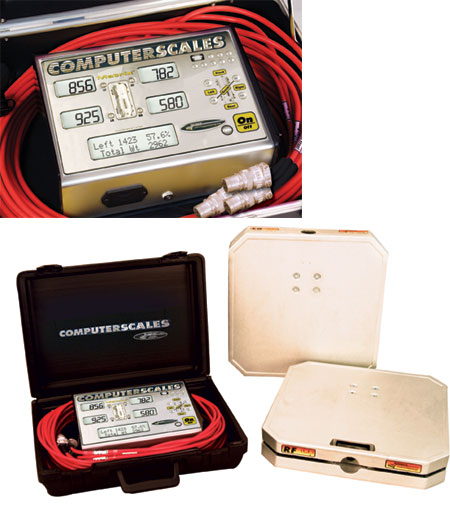VRPerformance Open Track Day at Grattan Raceway
What a great way to spend a day— at the race track in the company of great cars and like minded people. Better still, you’re driving those cars at their limit on the track without a care for police or drivers on cell phones or little children suddenly running out in front of you. And with sunny skies and temperatures in the mid 70s, the day was darn near perfect.
Our mission at VRPerformance is to make cars perform better. Many times the upgrades we do to a car cannot be completely experienced on the road. The value of a tighter suspension, bigger brakes or free flowing exhausts truly come out only when the car is driven closer to its limit than is possible on Main Street. And that’s why we sponsor open track day events like this one at Grattan Raceway in Belding, Michigan (near Grand Rapids). It’s a chance to have some safe fun while learning more about the car and its capabilities.
All told, we had 26 cars ranging from sporty to super fast. We had a few new track drivers and plenty of experts. And everybody kept in on the track for the most part. To capture the on track action as well as the mood in the paddock, for the first time we had a photographer on hand. Cody Hanson took the stunning photos you see here.
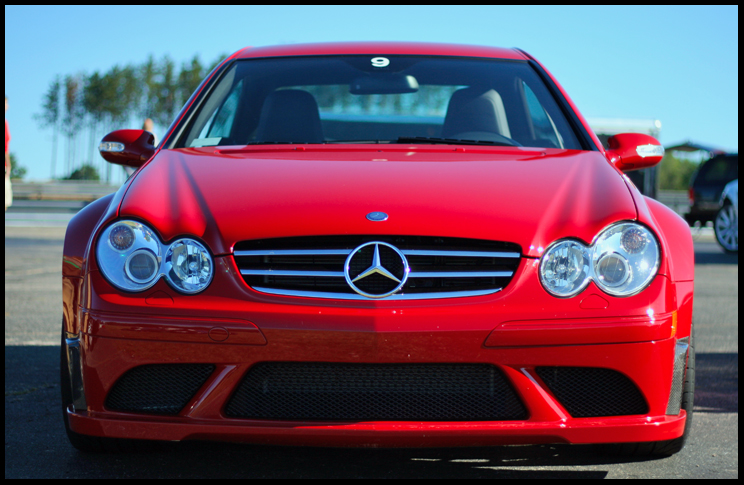
Brand new Mercedes-Benz CLK 63 AMG Black Series
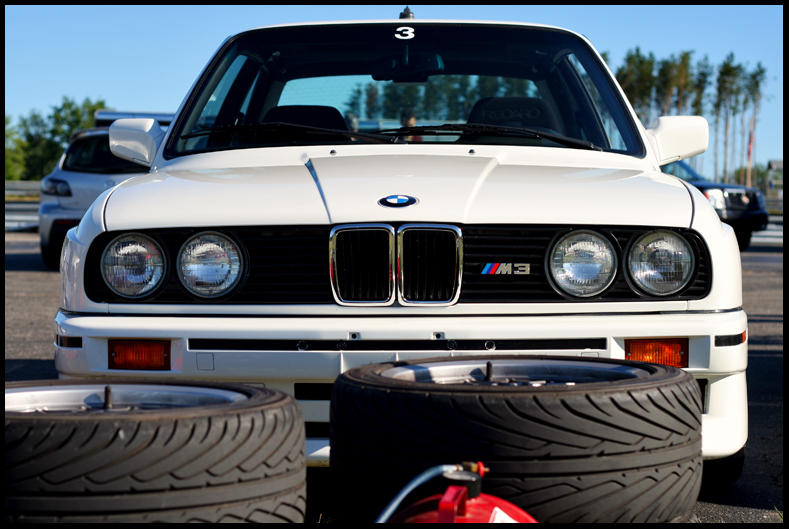
Classic E30 M3
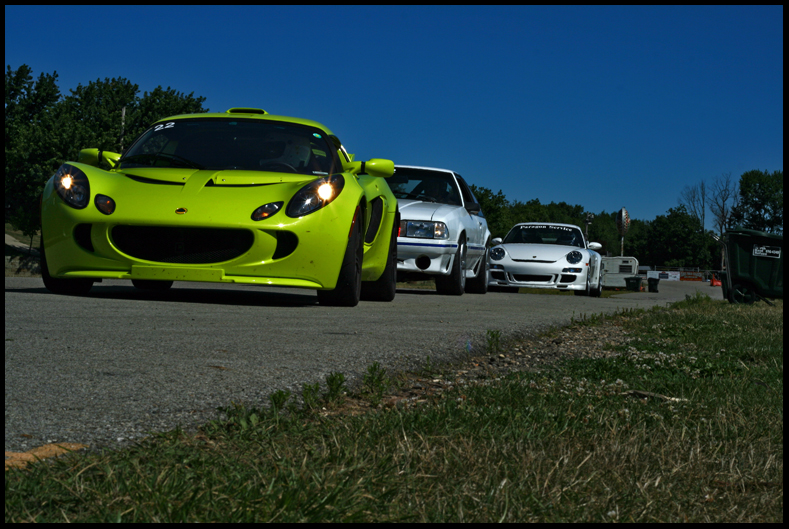
Waiting to get onto the track
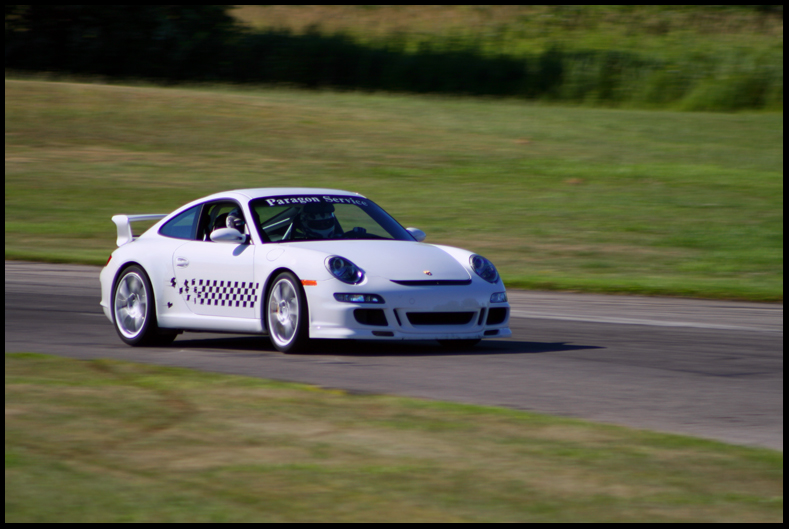
Porsche GT3
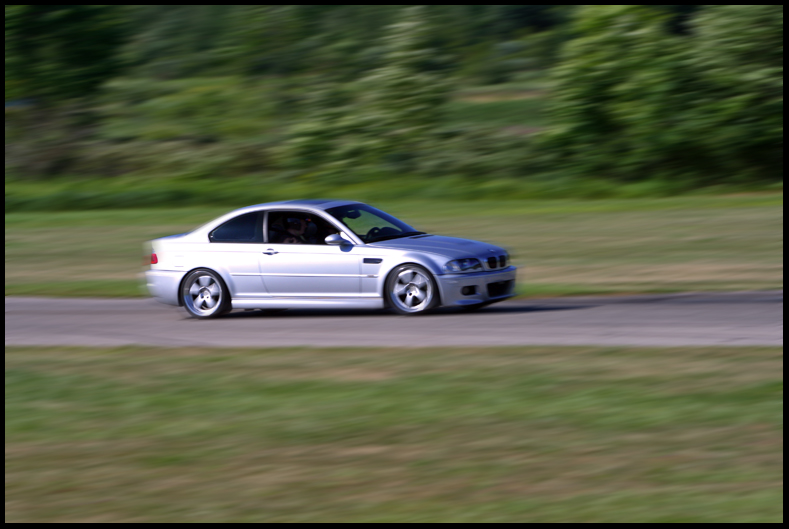
BMW E46 M3
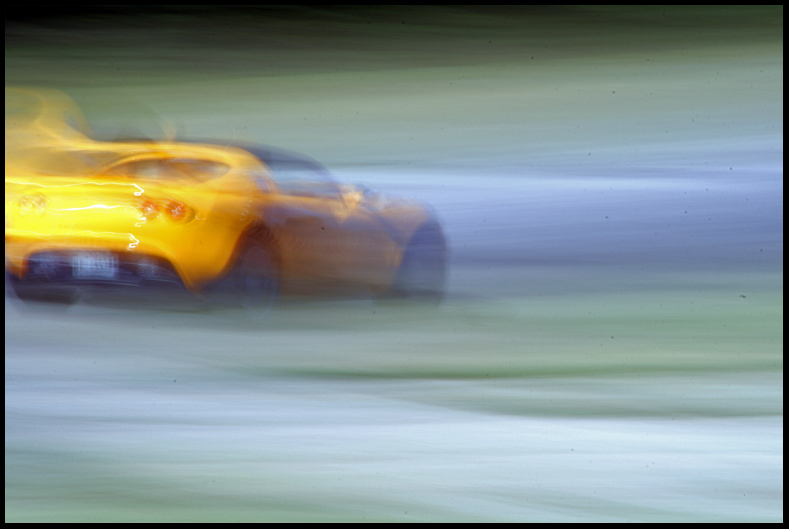
Ghostly Lotus
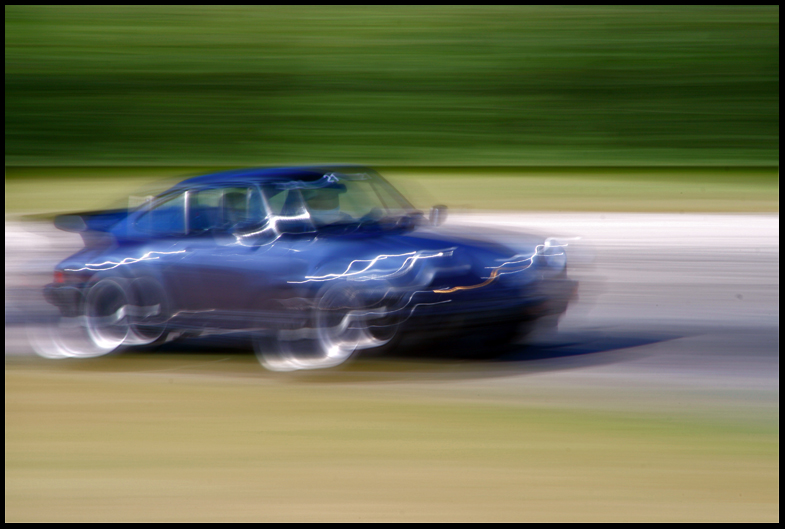
A classic Porsche 930 in action
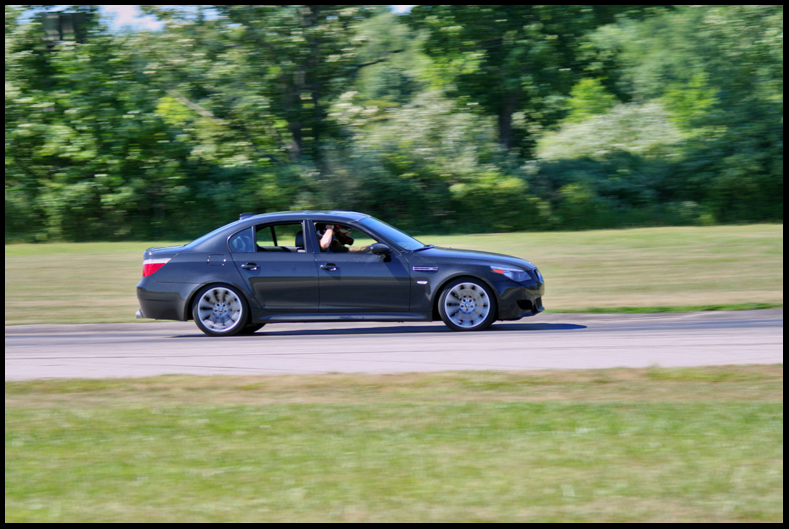
BMW M5
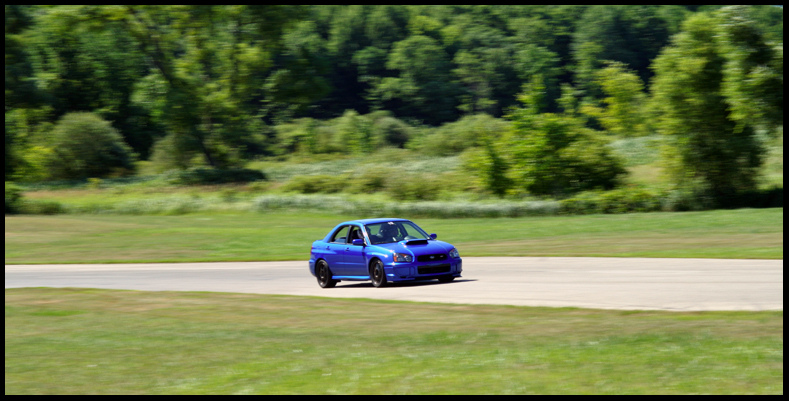
Blitzin' Blue STi
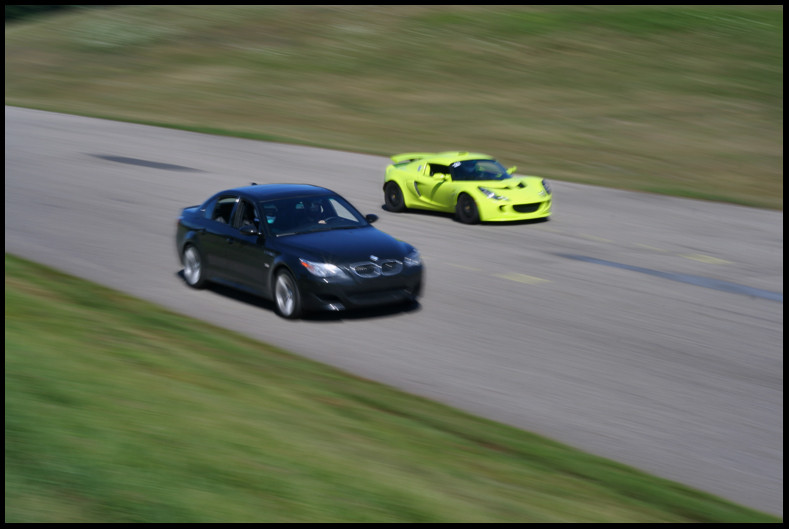
Big v. Small
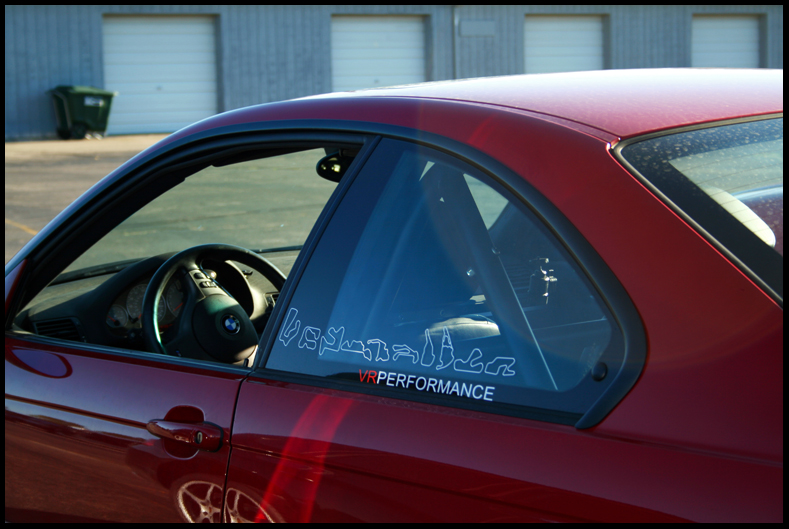
Track Star
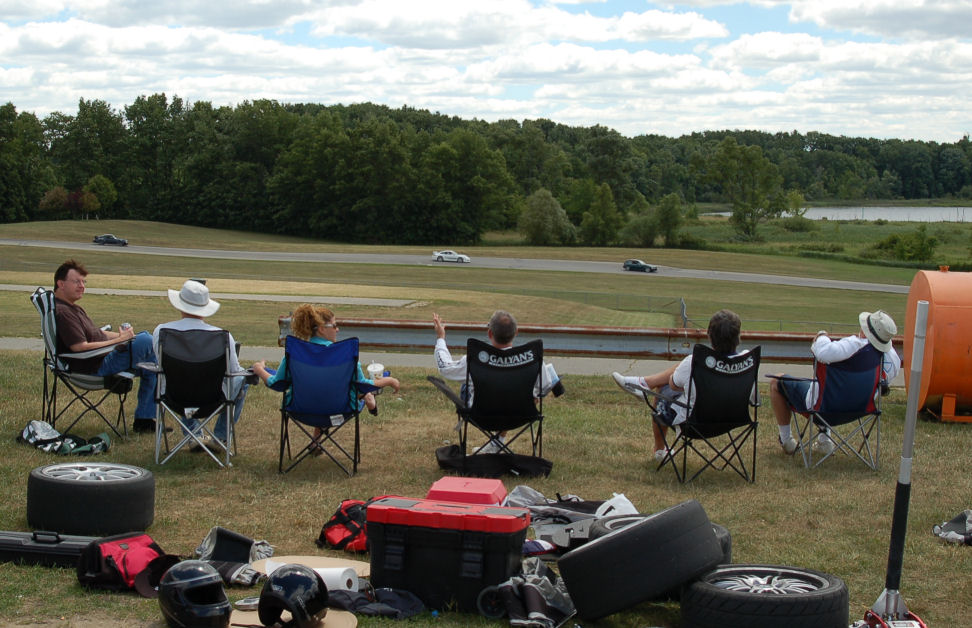
Watching the action at the "jump"
Thanks to all those who came out and made the day a fun--and safe-- one.
